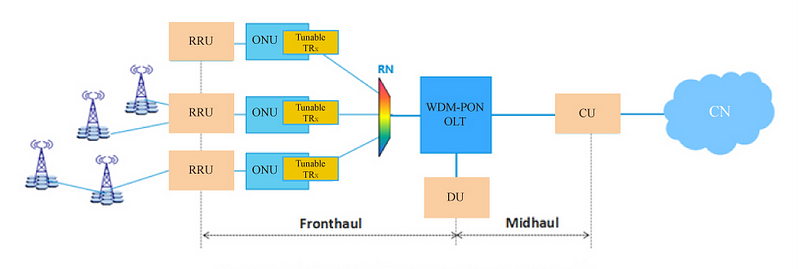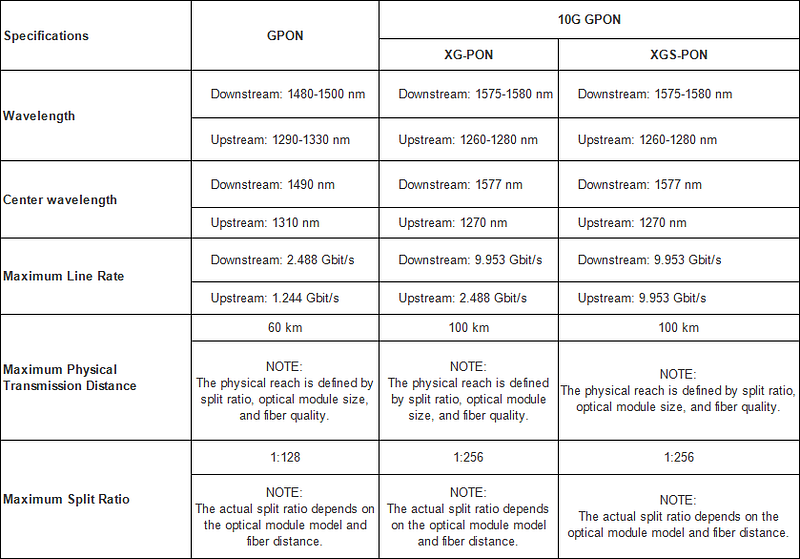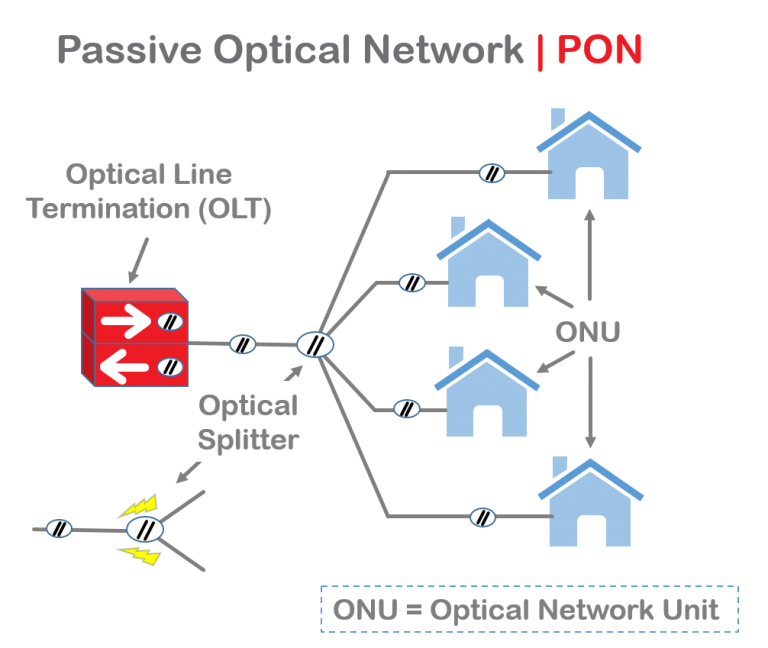In this post, we are going to discuss some important factors you should keep in mind while planning and conducting your data center maintenance routine. Please note that the following guidelines are general in nature and relevant for most data centers regardless of the size and the technology being used.
Carrying on with data center maintenance brings plenty of benefits such as:
- Lesser unplanned downtimes
- Better safety
- Extended reliability
- Cut in energy consumption
- Extended equipment life
- Training opportunities (etc.)
- data center maintenance

1. Consult Equipment Manuals
Networking equipment used in data centers comes with vendor documents such as operation and maintenance manuals. These manuals contain all the relevant information about recommended maintenance timelines and practices. As someone in charge of a data center you have to ensure complete adherence to what is mentioned vendor documents. A proper preventive maintenance plan does guarantees not only system performance but also provides validation of your warranty.
2. Maintain Flawless & Up-to-date Documentation
You can enjoy a faster and easier to manage maintenance plan by writing down the procedures you are following, their frequency and the issues being faced. Documenting these procedures and their preservation on paper eliminates questions about what, where, why and when a maintenance activity took place. Thus, the onboarding process will be a lot smoother for new workers. Technicians will know what to do, by which procedure and how often.
Well-Kept documentation can assist you spot equipment or reliability related issues early resulting in the minimization of unnecessary downtimes. Last but not least, its documentation can save the day if a system breakdown does occur. Were there symptoms present before the failure? Was a skipped routine maintenance procedure part of the problem?
3. Test & Inspect
This is a great time to test and check UPS systems, power generators, batteries, routers, and switches ensure that they are working as expected. In this way, you will be able to minimize downtime by addressing the uncovered issues.
Here it is important to mention that a visual examination of connections and cabling should be a part of this process. Are cables labeled accurately and adequately? Does everything look neat and tidy? Is there a cable being twisted or bent? Is there a cable stack that requires to be taken care of?
4. Don’t Forget to Clean
Data center maintenance does not involve inspections and tests only — it calls for seemingly simple cleaning tasks also. Dust, for example, can turn into a bigger problem by blocking airflow and creating overheating issues. Regular removal of dirt can make equipment perform better and last longer. So, keep this point in mind during the planning phase and ensure that you have the right inventory of tools such as vacuum cleaners and brushes available.
5. Perform Safety Checks
Safety and security systems are not related to data center performance directly. However, data center maintenance offers you an excellent opportunity to check certain security features. Ensure that the entry and exit doors of the data center close and lock correctly. Are the surveillance and access control systems operating normally and capturing the information you expect and need? Are the emergency exit signs working as expected? Moreover, you should also ensure the health of firefighting equipment also. Most data center operators get their firefighting cylinders refilled during turnarounds.
Conclusion
Data center maintenance offers excellent opportunities for the operations and maintenance team. However, you should go with a comprehensive plan and well-fabricated schedule. By involving your team and following the guidelines as mentioned in the vendor’s documents, you will be able to end up with a replenished data center at your service.
HTFuture aim to be your Reliable Partner for different kinds of Compatible transceiver (QSFP28 for data center, QSFP+, SFP, XFP, SFP+, PON, Tunable, Copper, BIDI etc) DAC, AOC | OTN optical transmission system|DWDM Mux Demux|OADM | OTU | EDFA | NMS | DCM | OLP | OBP etc|
More information, welcome to contact Ivy, contact Ivy. Email: sales6@htfuture.com Skype: live:sales6_1683
HTFuture team are ready and happy to assist you.





